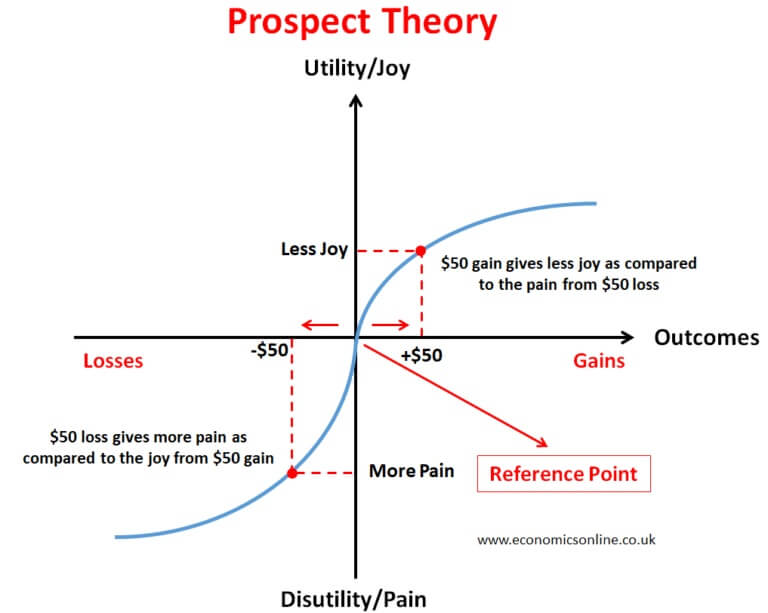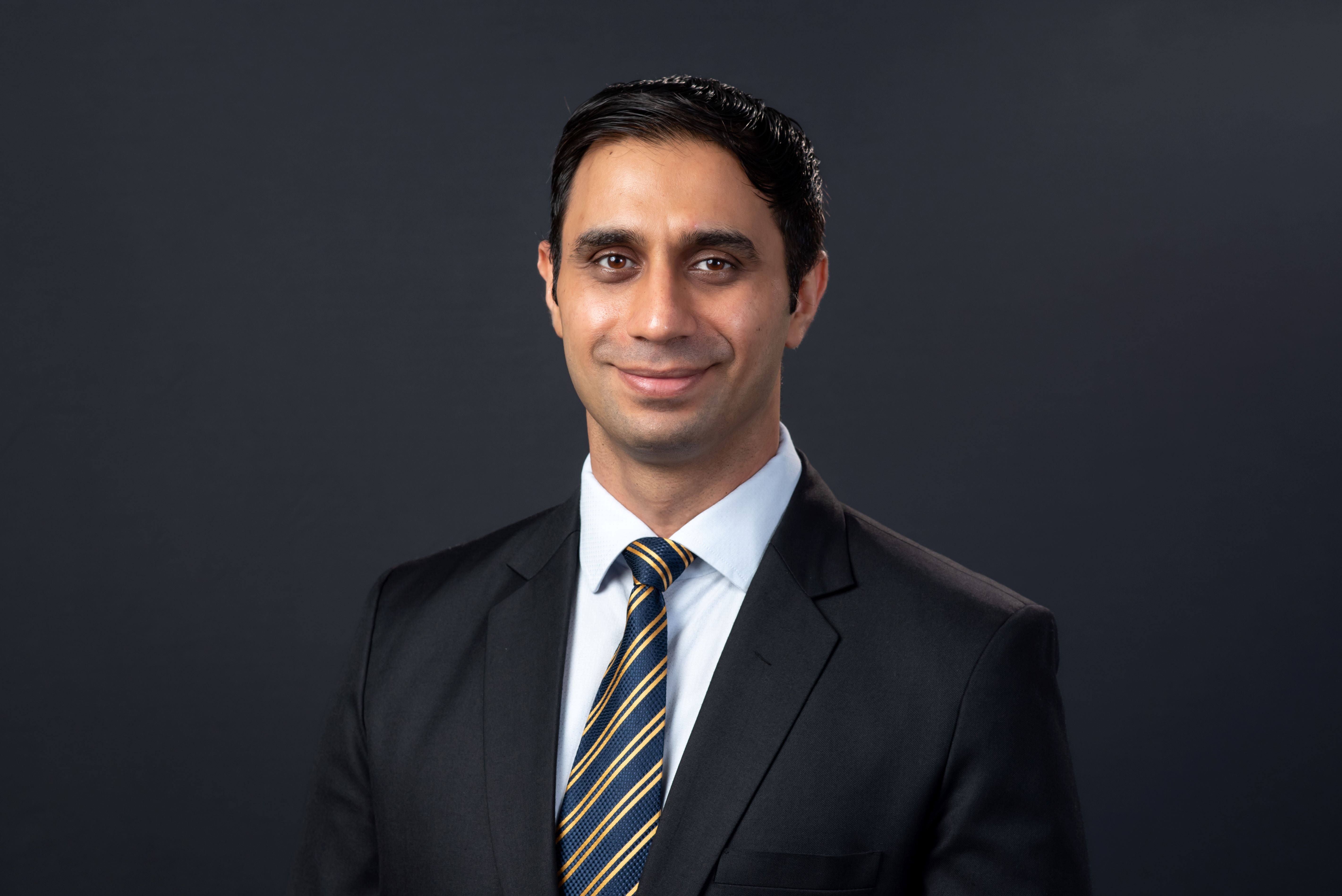Summary
We often hold on to bad investments, relationships, and ideas out of fear of loss. My 2008 experience taught me that loss aversion can be costly- not just financially, but in lost time and opportunity. The best investors cut losses early, detach ego, and embrace better decisions. Letting go creates space for growth.
There’s a peculiar thing about human nature we struggle to let go. We hold on to old clothes that no longer fit, relationships that have long since lost their warmth, and ideas that no longer serve us. We tell ourselves that we’ve already invested too much maybe time, or money, or ourselves to simply walk away.
And like all of our quirkiness, even this reluctance to let go is deeply wired into us. Behavioral psychologists call it ‘loss aversion‘, which is the tendency to fear losses far more than we appreciate gains. It explains why people stay in jobs they dislike, why gamblers keep doubling down, and why investors often refuse to accept the obvious.
I first learned this the hard way in 2008, during the first real financial crisis I experienced in life. I was not prepared mentally for how I should act and react with my investments as the investment world around me melted. Thankfully, I was largely out of the market by the start of 2008 as I had sold all my stocks to pay a part of my housing loan in late 2007. But I still held on to a couple of little investments, one of which was a small company headquartered in Bangalore that was of India’s largest rose manufacturers and exporters.
Apart from the unique business it had, what excited me more was the management’s bold ambition to become an agribusiness giant. The company had acquired vast tracts of farmland in Africa, planning to revolutionise food production and become a dominant player in global agriculture. It was the kind of underdog success story that makes investors dream big.
I bought into the dream. And I wasn’t alone. The stock had soared just before the 2008 bubble burst, fueled by aggressive expansion plans and the promise of an ever-growing global food market. The potential seemed limitless.
And then, like so many dreams, it unraveled.
The 2008 financial crisis was brutal, and this company’s stock wasn’t spared. At first, I dismissed the decline as an overreaction. “Markets are irrational in the short term,” I told myself. “This will recover.”
But then came the news-delays in its African operations, financial mismanagement, reports of unpaid wages, and logistical nightmares. The ambitious expansion had turned into an operational disaster. The government of the country it operated in Africa, once eager to facilitate foreign investment, had begun scrutinizing the company’s activities more closely. There was news of land disputes, of unfulfilled commitments, and problems far deeper than a temporary market downturn.
The company was in serious trouble.
And yet, I couldn’t bring myself to sell.
The stock had surged just before the issues came out in the open, and then it crashed. At this point, my losses - in percentage terms- were substantial. The stock had fallen over 50%, and then 60%, then more. Every instinct told me to cut my losses and move on. But loss aversion had taken over.
“It’s only a loss if I sell.”
I clung to this idea like a lifeline. Selling would mean admitting I was wrong. It would mean accepting that I had misjudged the company, that I had failed to see the warning signs. And that was too painful.
So, I held on. I watched as the stock continued to fall, slipping further into irrelevance.
By the time I finally accepted reality and sold, the stock was worth next to nothing, down almost 90%.

The Science Behind Loss Aversion
I no longer beat myself up for that mistake because I now understand that loss aversion isn’t just a personal failing, but a deeply ingrained human bias.
Behavioural scientists Daniel Kahneman and Amos Tversky, in their ground-breaking work on Prospect Theory, demonstrated that losses feel roughly twice as painful as equivalent gains feel pleasurable. Their research revealed that humans are not purely rational decision-makers. Instead, we are wired to avoid losses more than we seek gains.
This explains why many investors hold on to bad businesses for too long. The emotional weight of admitting a mistake is far heavier than the logical clarity required to cut a bad investment.
Kahneman and Tversky’s studies showed that if given a choice between a guaranteed gain of $500 and a gamble with a 50% chance of winning $1,000 or nothing, most people take the sure $500. But when faced with an equivalent loss scenario—either losing $500 outright or taking a 50% chance to lose $1,000 or nothing—most choose to gamble, hoping to avoid the loss.
This asymmetry in how we perceive gains and losses is what makes loss aversion so dangerous in investing. It leads to irrational decision-making, where we avoid selling at a loss because it feels like an admission of failure, even when doing so is the best course of action.
The following chart visually represents how we process losses versus gains, showing that the pain of losing is disproportionately greater than the pleasure of winning:

Looking back, I now understand that my reluctance to sell that stock wasn’t about logic, but emotion. I wasn’t thinking like an investor, but like someone trying to avoid pain.
What It Really Cost Me
Ironically, the biggest cost wasn’t just financial. Yes, I lost some money. But more than that, I lost time. I lost opportunity. The capital tied up in in this stock could have been put into stronger companies. Instead, it was trapped in an illusion of a recovery that would never come.
That’s the real damage of loss aversion, it doesn’t just hurt your income statement and your financial net worth. It paralyses you. It keeps you clinging to things long after they’ve lost their value, hoping against hope that they will return to their former glory.
And it’s not just about stocks.
We do this in life all the time.
We hold on to failing businesses, pouring in more money just to “make back” what we’ve lost.
We stay in relationships that no longer bring us joy because we’ve already “invested too much time.”
We refuse to change paths even when the road ahead is clearly leading nowhere.
But sunk costs are sunk. The past is gone, and no amount of wishing will bring it back.
Why It’s So Hard to Let Go
The reason loss aversion is so powerful is that it doesn’t feel like a bias. It feels like common sense.
Nobody likes losing money. Nobody likes being wrong. And nobody likes the feeling of wasted effort.
But the market doesn’t care about your feelings. A stock doesn’t “remember” the price you bought it at. It doesn’t “owe” you a recovery.
What I should have asked myself was simple:
If I didn’t own this business/stock today, would I buy it at this price?
The answer was an obvious no.
But I didn’t ask that question soon enough. And that mistake cost me.
What I Took Away
There are three lessons I carry with me from this experience:
-
Cut your losses early: The best investors aren’t the ones who never make mistakes. They’re the ones who recognise mistakes quickly and move on. Every day you hold a bad investment (bad business), you’re not just losing money, you’re losing time that could be spent on something better. “Cutting your losses” here does not mean selling just because a stock has fallen in price. It means selling a stock because the underlying business has fallen in value that is not likely to rise again (effectively, a permanent destruction of value).
-
Separate ego from investing: Holding on to my stock for too long wasn’t a rational decision. It was an emotional one. I was trying to protect my self-image, to avoid admitting I had been wrong. But the market doesn’t reward ego. It rewards clear thinking.
-
The best investment is in better decisions: Losing money is painful. But what’s more painful is not learning from it. After my experience with that stock, I became more disciplined. I set clearer rules for when to sell. I stopped thinking of stocks as personal victories or failures. And I became far more willing to accept when an investment wasn’t working.
The Power of Moving On
Sometimes, the smartest thing you can do is let go. Not just in investing, but in life.
A bad stock. A failed business. A toxic relationship. A past version of yourself.
It’s not easy. It never is.
But as I look back, I realise that clinging to something that isn’t working (and not likely to) is far more costly than cutting it loose.
My 2008 experience that I shared above was a painful lesson. But in the end, I’m grateful for it. Because it taught me something every investor, and every person, needs to learn:
Letting go isn’t losing. It’s making space for something better.
Industry insights you wouldn't want to miss out on.
Written by
Disclaimer
All Mutual fund investors have to go through a one-time KYC (Know Your Customer) process. Investors should deal only with Registered Mutual Funds (‘RMF’). For more info on KYC, RMF & procedure to lodge/ redress any complaints visit dspim.com/IEID.
All content on this blog is the intellectual property of DSPAMC. The User of this Site may download materials, data etc. displayed on the Site for non-commercial or personal use only. Usage of or reference to the content of this page requires proper credit and citation, including linking back to the original post. Unauthorized copying or reproducing content without attribution may result in legal action. The User undertakes to comply and be bound by all applicable laws and statutory requirements in India.
Mutual Fund investments are subject to market risks, read all scheme related documents carefully.
Other Blogs
Sort by






















Write a comment